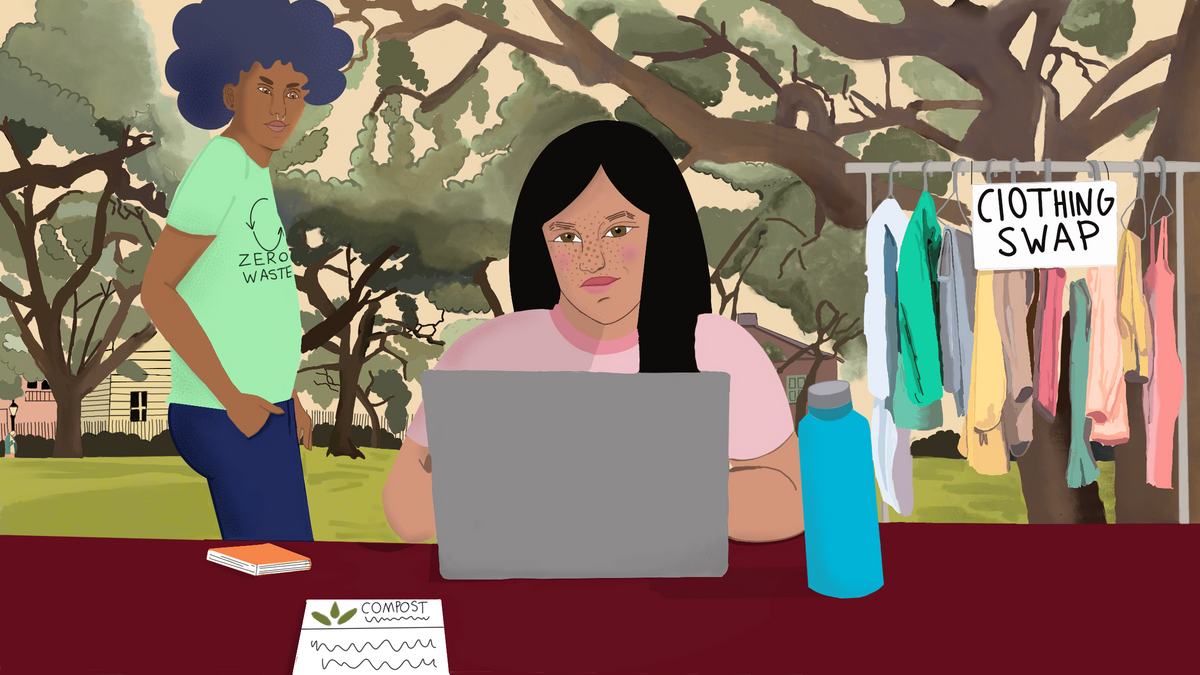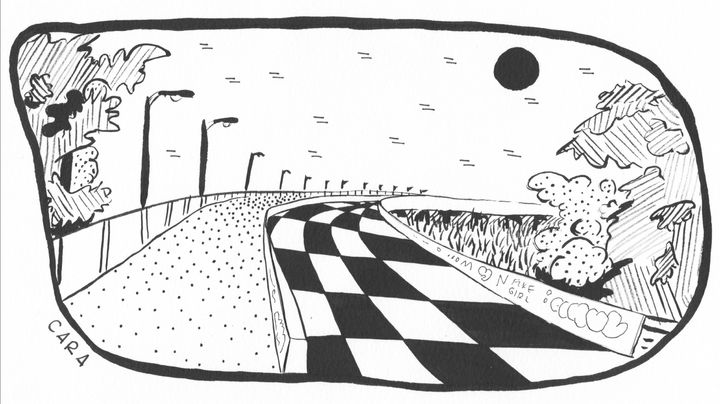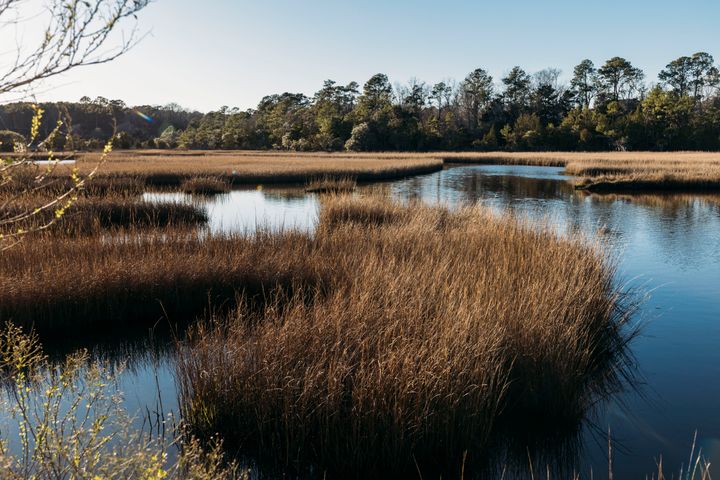Should CofC be the leader on climate?
Can the College of Charleston be a leader on climate? Read about their current intiatives and the obstacles they have toward sustainability.

by David Quick
We can thank scientists and other great minds in academia for our knowledge about climate change and its impact on our atmosphere, oceans, land, weather patterns and accelerated species extinction.
So it’s not too far a stretch — considering the severity and urgency of our existential crisis — to expect the institutions where this knowledge stems to serve as models and incubators of what humans must do to mitigate our carbon and methane footprints.
In the Lowcountry, that would arguably be the oldest and largest liberal arts university: the College of Charleston.
How’s it doing?
While some promising work and initiatives have taken place or are underway, some recent graduates and current students say not enough has been done nor that it is happening fast enough.
Projects underway include Darcy Everett’s, the college’s sustainability director, work on a Climate Action Plan with a team of faculty and staff and an “energy savings performance” plan with Siemens, the latter of which she estimates could reduce the college’s total emissions by about 13 percent. Also, the Board of Trustees approved a “sustainability action plan” in May 2021.
Additional tangible projects of note in the past school year included a pilot food waste recovery program at Warren Residence Hall (an estimated 39 percent of waste from residence halls is “organic”) and the college’s first solar project, a solar pavilion.
As for the latter, “While very much a demonstration project, this will help us pave the way to introducing more renewable energy on campus in the future,” says Everett.
Obstacles & culture
Recent graduate Rachel Weidman, who worked as an intern at the college's Center for Sustainable Development, describes much of the college’s work, to date, as “very performative” and that she has met with college President Andrew Hsu to underscore that the school is not doing enough.
As an example, Weidman points to the college’s Cougar Changemaker program, which collects money through a $10 “green fee” per student each semester to fund sustainability projects (the fee raised $18,000 and $20,000 during the fall and spring semesters this past school year).
Worthy projects, such as efforts to put appropriate stickers on building windows to prevent bird strikes or a free condom dispensing machine in dorms, often get discarded due to the extensive bureaucracy required for approval.
“There are too many people who have to approve to get anything done,” says Weidman. “We (the college) are really afraid of fucking anything up and failing. A lot of these projects are uncharted territory and we have to be open to that (failing).”
Weidman and rising sophomore Savannah Lominac, a business administration and sustainability major, also note the culture of the college needs to change as well.
Lominac says, “The reason I chose (to attend) the college was that it had a direct link between business and sustainability. I was under the impression that sustainability was a big deal here, but what I found this past year was only a tight niche group, composed primarily of APE (Alliance for Planet Earth), vegan club and the sustainable fashion club.”
Both Lominac and Weidman agree that most students are interested in “physical appearance, fraternity and sorority life, shopping and partying.”
Changing that culture to one that places climate and sustainability as a top priority, they add, will require as much from the president and faculty as it will the student body.
Greening food service?
One of the biggest challenges for the college is working with its institutional food service provider, Aramark, a multinational corporation that serves not only universities, but hospitals and prison systems and trades on the New York Stock Exchange.
The college can, and has, negotiated some level of sustainability in its contract with Aramark, including a position for a sustainability coordinator and attempting to source 20 percent of its food locally. Weidman says the contract with Aramark prohibits clubs, such as the vegan club, from using any club money on local vendors, such as food trucks.
Robert Russo, who graduated from the college in 2021, has served as Aramark’s first sustainability coordinator for the college, but plans to leave the post soon. While promising, Russo called the job challenging with little opportunity to advance. He hopes future contracts will call for even more sustainability efforts with Aramark.
Divestment & travel
Before Russo joined Aramark, the political science major attempted an unsuccessful effort to get the College of Charleston Foundation to divest its holdings in Big Oil from its endowment. He convinced the student government to pass a non-binding resolution to do just that, but says the Foundation “freaked out” and felt “blind-sided” by the initiative.
But that’s hardly daunting compared to another carbon bomb that most colleges will face: the carbon footprint of travel.
College athletic teams often travel by air or bus to competitions. Professors go to conferences to deliver 20 minute lectures. Students travel overseas to study abroad. Off-campus students often have to drive to school as well.
Everett says commuting and travel are one of the largest sectors of higher ed’s carbon footprint but that “the college has limited control over these areas.”
The ultimate buzzer beater
Todd Jared LeVasseur, a visiting assistant professor and Quality Enhancement Plan director at the college, has focused much of his career on sustainability and says “the Academy, as a whole” must start making bold decisions regarding climate change.
These run the gamut from curtailing travel to teaching other economic models, focusing on happiness and degrowth, and redesigning the whole curricula and programming around climate adaptation and justice.
“Given the shifts that are just beginning, and how bad it very well could get at 2 degrees centigrade and beyond, the Academy as a whole, and every institute in it, has failed,” says LeVasseur.
“We have the brightest humans over the last 30 to 40 years, with access to the most sophisticated communications and computer systems in the history of the species, and the Academy has helped to avert any of this, despite all of that at its fingertips. This is THE pivotal moment of history of our species, and we’re not mobilized, at all, as higher education professionals — local, regional, national — to address it, at the urgency needed. Rather, we are actively incentivizing behaviors and world views that are driving climate change in education, and politics, and economics, and technology, et cetera.”


